Android 5.0 Lollipop: the new features

It's been less than a year since the last major Android version was announced, under the inconspicuous name KitKat, and the for the first time then Google partnered with a confectionery giant, of all things, for the marketing purposes. Today marked the arrival of the Android 4.4 KitKat's successor, dubbed Android Lollipop. That's right, regardless of the associations that come to mind when one hears the new naming scheme, Lollipop might be considered as one of the most visibly significant updates in Android's history.
First off, we get a thoroughly revamped interface with the fashionable "flat", but colorful demeanor that many Android manufacturers, like Samsung and LG, adopted for their respective TouchWiz and Optimus overlays. In addition, Google finally overhauled the aging notification system, which looked pale and barren in stock Android, when compared to Samsung's, LG's, or third party efforts you can find in the Play Store. The multitasking options also got a boost with a Google Now-style card system, and there are plenty of other changes to Android under the hood, like the 64-bit compiler and the Project Volta battery life enhancer, so let's dig in, and round up all the novelties for you. The Android 5.0 Lollipop will be available first on the new Nexus 6 phablet from Motorola, Nexus 9 from HTC, and other Nexus devices shortly, then roll out to the rest of mere mortals.
Follow us on Google News


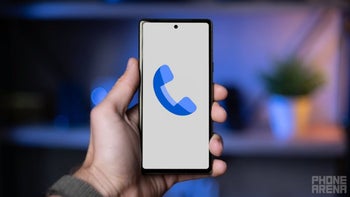

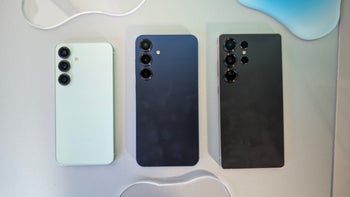
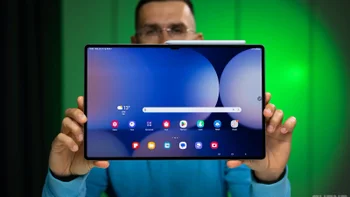
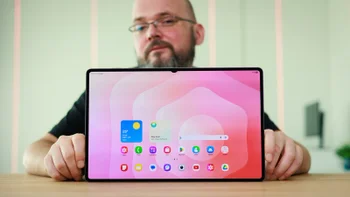
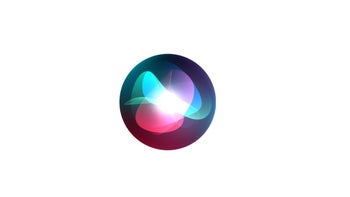
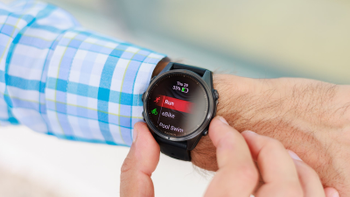

Things that are NOT allowed:
To help keep our community safe and free from spam, we apply temporary limits to newly created accounts: